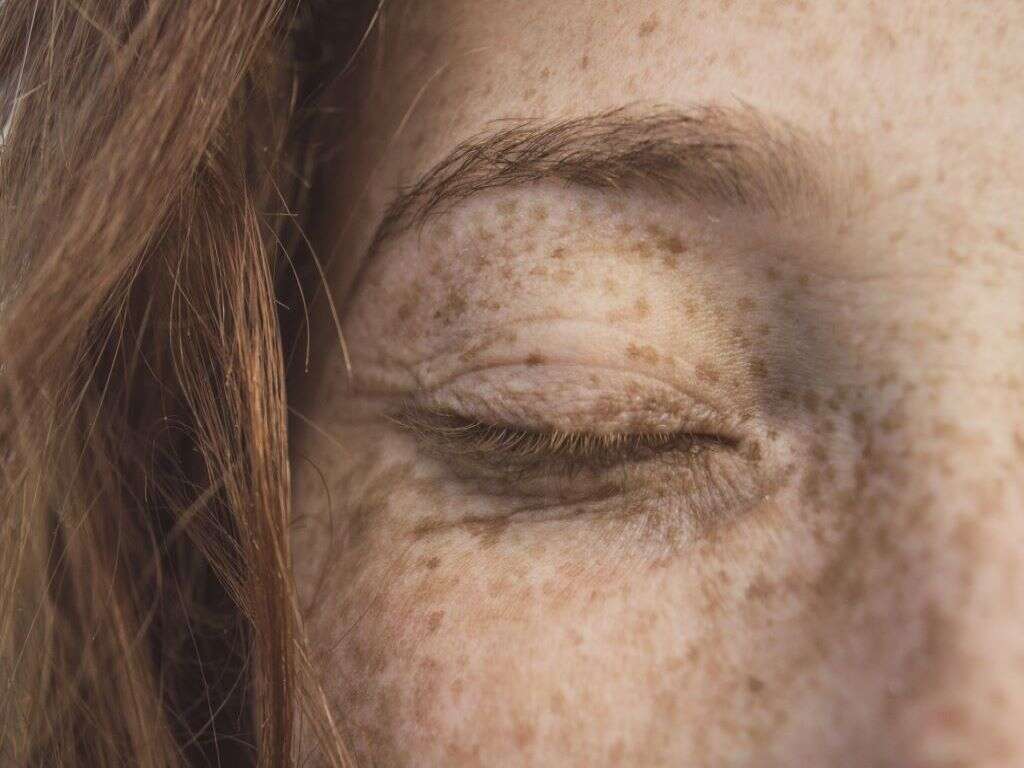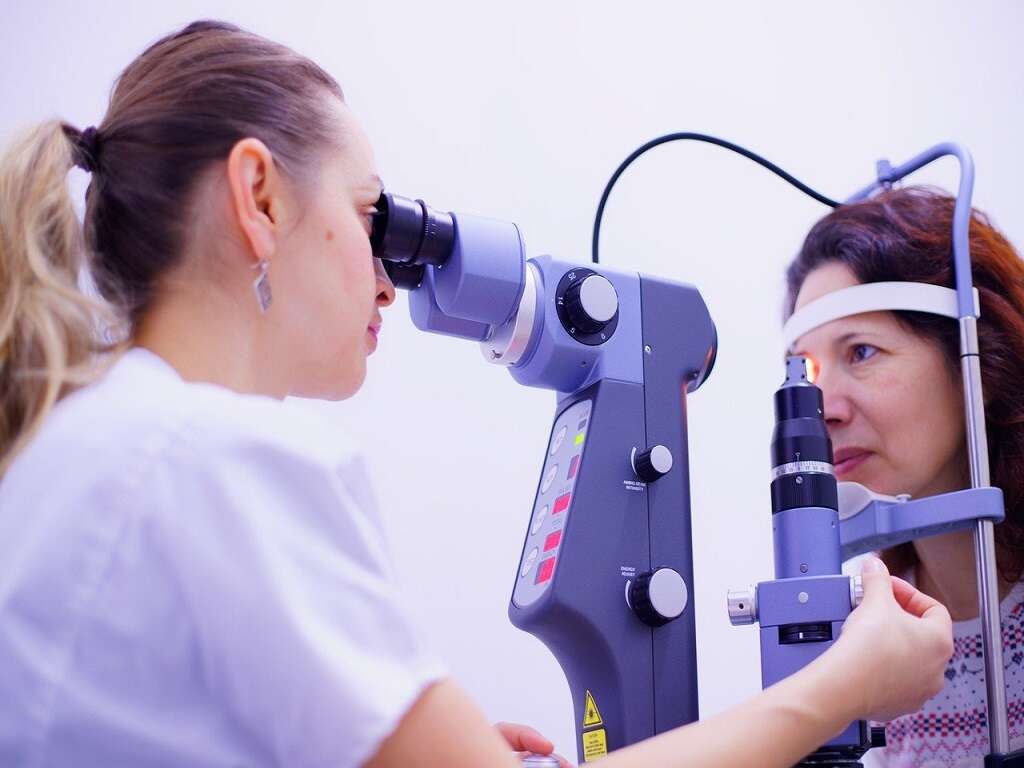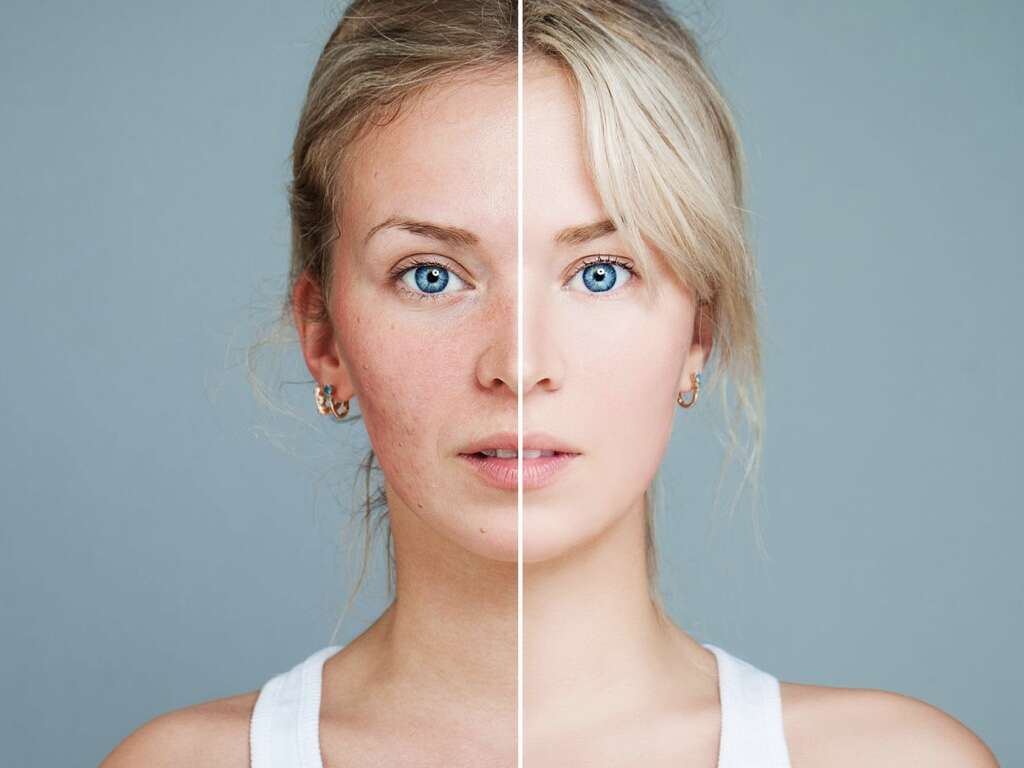What Are Chalazia?
 Article Sources
Article Sources
- 1. Jordan, Gary A. 'Chalazion.' U.S. National Library of Medicine, 8 Aug. 2020, www.ncbi.nlm.nih.gov/books/NBK499889/.
- 2. G;, Gilchrist H; Lee. 'Management of Chalazia in General Practice.' Australian Family Physician, U.S. National Library of Medicine, pubmed.ncbi.nlm.nih.gov/19458801/.
- 3. 'Keep Your Eyes Healthy.' National Eye Institute, U.S. Department of Health and Human Services, www.nei.nih.gov/learn-about-eye-health/healthy-vision/keep-your-eyes-healthy.
3. Who Gets Chalazia
This eye condition is most common in adults, and there are factors that make some people more prone to developing chalazia. People who suffer from seborrhea acne, rosacea, recurrent blepharitis and a history of eye inflammation are more likely to develop chalazia.
Skin types and other medical conditions can also play a role in whether a person may or may not get chalazia. While this particular condition is typically rather painless, elderly persons with recurrent chalazia may find it helpful to go through further testing to find the cause.
Advertisement











